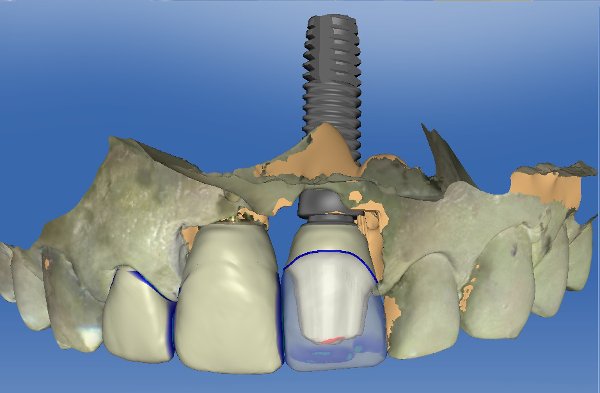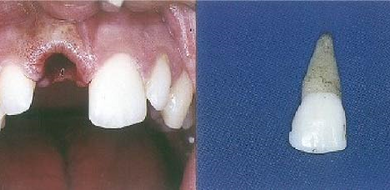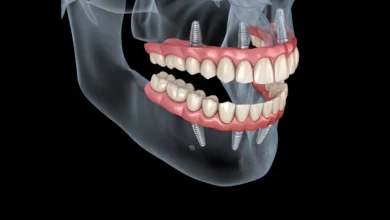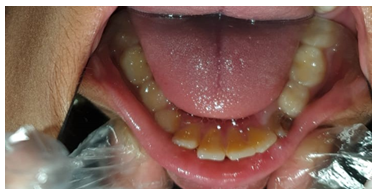Compatible, and CAD-CAM dental implant abutments. Can these abutments have a place in treatment?
Dr. Alireza Hadi

Keywords: Implant, nonoriginal abutments, CAD-CAM abutments.
Introduction: Instead of original abutments, compatible abutments are often selected for financial reasons. The present study aimed to evaluate mechanical outcomes, microleakage, and marginal accuracy at the implant abutment interface of original versus nonoriginal implant abutments.
Search strategy encompassed literature from 1967 up to March 2017 to identify relevant studies meeting the inclusion criteria. The following electronic databases were consulted: PubMed database of the U.S. National Library of Medicine, Embase (Excerpta Medica dataBASE), and the Grey Literature Database (New York Academy of Medicine Grey Literature Report). Quality assessment of the full-text articles selected was performed. Abutments were classified in original (produced by the same implant manufacturer), nonoriginal certified (produced by a third-party milling center, certified by implant companies), and nonoriginal compatible (produced by a third-party milling center for similar connections).
Use of compatible abutments may increase micromovements between the abutments, and the inner part of the implant may increase the stress on marginal bone level. Also micromovement will change the volume of the inner space of the implant-abutment complex. The resulting pumping effect can transport even initially immobile microorganisms from the exterior to the interior and vice versa. Also leakage has been addressed as a major contributing factor to inflammatory reactions at the implant-abutment connection, leading to problems such as oral malodor, inflammation, and marginal bone loss.
Following the clear warnings coming from the present systematic review, clinical suggestions regarding the effect of a nonoriginal abutment can be drawn. However, in vivo, long-term, randomized controlled trials are needed to provide definitive clinical conclusion about the long-term clinical outcomes of original and nonoriginal abutments.

#UCJournals #DentalImplants #ImplantAbutments #CADCAMDentistry #DigitalDentistry #Prosthodontics #RestorativeDentistry #ImplantDentistry #ImplantProsthetics #DentalTechnology #DentalInnovation #DigitalProsthodontics #CustomAbutments #DentalCADCAM #ImplantRehabilitation #DentalProsthetics #OralImplantology #DentalResearch #DentalScience #DentalTreatmentPlanning #ImplantSolutions #DentalAbutments #DentistryInnovation #DentalProsthesis #ImplantRestorations #EvidenceBasedDentistry #BiocompatibleMaterials #CADCAMImplants #DentalFuture #ImplantSuccess #DentalPractice #AdvancedDentistry #ClinicalDentistry #DentalSurgery #ImplantSupportedRestorations #PrecisionDentistry #DigitalWorkflow #DentalBiomaterials #OralRehabilitation #ProstheticDentistry #DentalCaseStudies #DentalCareExcellence #ModernDentistry #DentalEducation #InnovativeDentistry #DentalImplantCare #OralHealthResearch #NextGenDentistry #DentalImplantSolutions #ImplantologyResearch #DentalImplantProsthetics #DigitalImplantology




